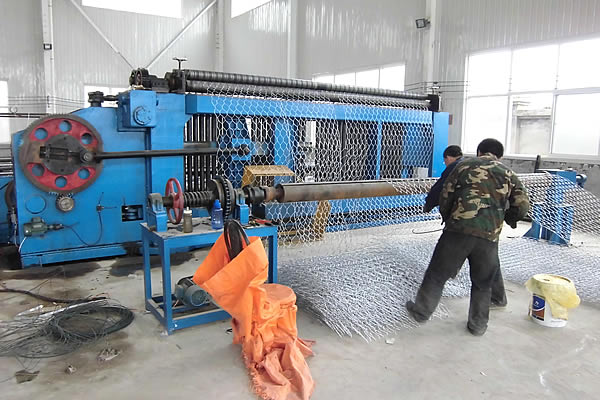 TEL:
+86-13102802206
TEL:
+86-13102802206
 Email:
fencenetting@china.com
Email:
fencenetting@china.com
 Language
Language
 TEL:
+86-13102802206
TEL:
+86-13102802206
 Email:
fencenetting@china.com
Email:
fencenetting@china.com
 Language
Language


Swaging Stainless Steel Wire An Overview
Swaging is a metalworking process used to shape and deform materials, primarily metals, through the application of compressive forces. This technique is especially effective in manipulating stainless steel wire, which is renowned for its strength, corrosion resistance, and versatility. Swaging involves the reduction of the wire's diameter, the creation of specific profiles, and the enhancement of mechanical properties, making it an essential process in various industrial applications.
One of the primary advantages of swaging stainless steel wire is its ability to increase strength through deformation. When stainless steel is swaged, the process increases the material's yield strength by work hardening the structure of the wire. This is particularly beneficial in applications where high tensile strength is required, such as in the construction of cables, springs, and other load-bearing components. The cold working aspect of swaging induces mechanical properties that are often superior to those achieved through other forming methods.
In addition to enhancing strength, swaging provides an excellent means for creating complex shapes and sizes without incurring significant waste. By using dies specifically designed for the desired outcome, manufacturers can produce components with precise dimensions and tolerances. This adaptability allows for the creation of custom solutions to meet the specific needs of various industries, including aerospace, automotive, and architecture.

The process of swaging stainless steel wire typically involves a few key steps. Initially, the raw wire is cut to a desired length, then placed into a swaging machine equipped with a set of dies. These dies are employed to progressively reduce the diameter of the wire or to create defined profiles. The machine operates under high pressure, compressing the wire against the die surface, and can be adjusted to achieve the desired results. Swaging can be performed cold or hot, with cold swaging being the more common method when dealing with stainless steel.
Furthermore, swaging is compatible with various forms of stainless steel wire, including round, square, and flat profiles. This versatility allows manufacturers to produce a broad range of products, from simple wire forms to more complex assemblies. The resultant swaged stainless steel wire components are not only aesthetically appealing but also exhibit superior performance under demanding conditions.
One of the key challenges in swaging stainless steel wire lies in the material’s inherent properties. Stainless steel is known for its toughness and resistance to deformation, which can complicate the swaging process. To overcome these challenges, manufacturers must carefully select the correct type of stainless steel alloy and optimize swaging parameters to achieve the desired state without compromising the wire’s integrity.
In conclusion, swaging stainless steel wire is a highly effective manufacturing process that enhances the mechanical properties and tailor-shapes the wire for specialized applications. Its capacity for producing high-strength, custom-designed components efficiently and with minimal waste makes it an invaluable technique in numerous industries. As technology advances and new methodologies arise, swaging is likely to continue evolving, expanding its applications and improving the performance of stainless steel wire products. This makes it a pivotal technique for manufacturers looking to meet the increasing demands of modern engineering and construction projects.